‘A relationship is like a shark, when it is not moving forward it is dead…what we have here is a dead shark’ said Woody Allen in Annie Hall. It follows that a corporate board is also like a shark in that when it stops creating value it is dead and should be replaced. But should it fall to activist shareholders to identify this, or could other investors spot when a board has become ineffective?
Private Equity houses have a myriad of metrics to judge financial performance from Profit to Earnings to Return on Assets ratio, but very little on board effectiveness: the composite behaviour of a corporate stewardship team. There appears to be quite a lot of complacency, not many challenge excuses for market or geo-political factors. Do investors tolerate under-performers too much?
A new Board Value Indicator (BVI) takes five key aspects of an effective board that can be applied across all sectors, regions and structures. The aggregate score highlights the poor performers:
- Collective decisions – Does the board operate as a collective decision maker, applying the experience and wisdom of both executive and non-executive members? In short does the sum of the parts exceed their individual worth and personal ambitions?
- Foresight thinking – Does the board spend enough time exploring alternative future scenarios or does it assume the present can be safely extrapolated? Does it constantly question the sustainability of its business model within an unknowable future marketplace?
- Data harvesting – Does it embrace new information about markets and competitors with a view to refining the business model, or does it seek information only to defend a chosen strategy? Does it have a passion for reducing future uncertainty through improved knowledge?
- Bias neutralising – Does the board recognise up to twelve types of cognitive bias to which it is susceptible and does it actively try to neutralise these? Confirmation and commitment escalation are common as inevitably are authority obedience and groupthink.
- Risk as opportunity – Does the board exhibit risk aversion as a default or is it capable of seeing risk as enterprise and opportunity? With age comes experience but also caution and many boards are constrained by a fear of failure when they should be fixated on success.
Scoring each these aspects out of ten provides a board value indicator: a perfect board would be 50 but these don’t exist so a score of over 30 indicates a competent board. Any score below 20 should give cause for concern to investors as it is an indication that shareholder value is not being realised.
Activist shareholders carry out an enormous amount of analytical due diligence before they commit to a position from which to lobby for change. They rely on convincing other shareholders that the CEO or FD needs to go and that a more ambitious growth strategy be put in place. Existing shareholders and investors don’t need to do much more than apply the BVI score.
For more information on the Board Value Indicator contact info@chiron-risk.com

